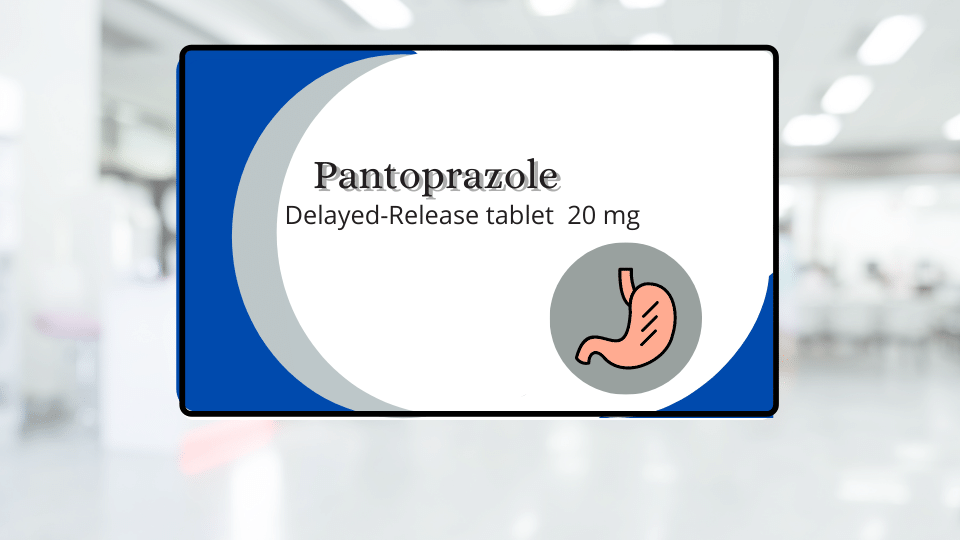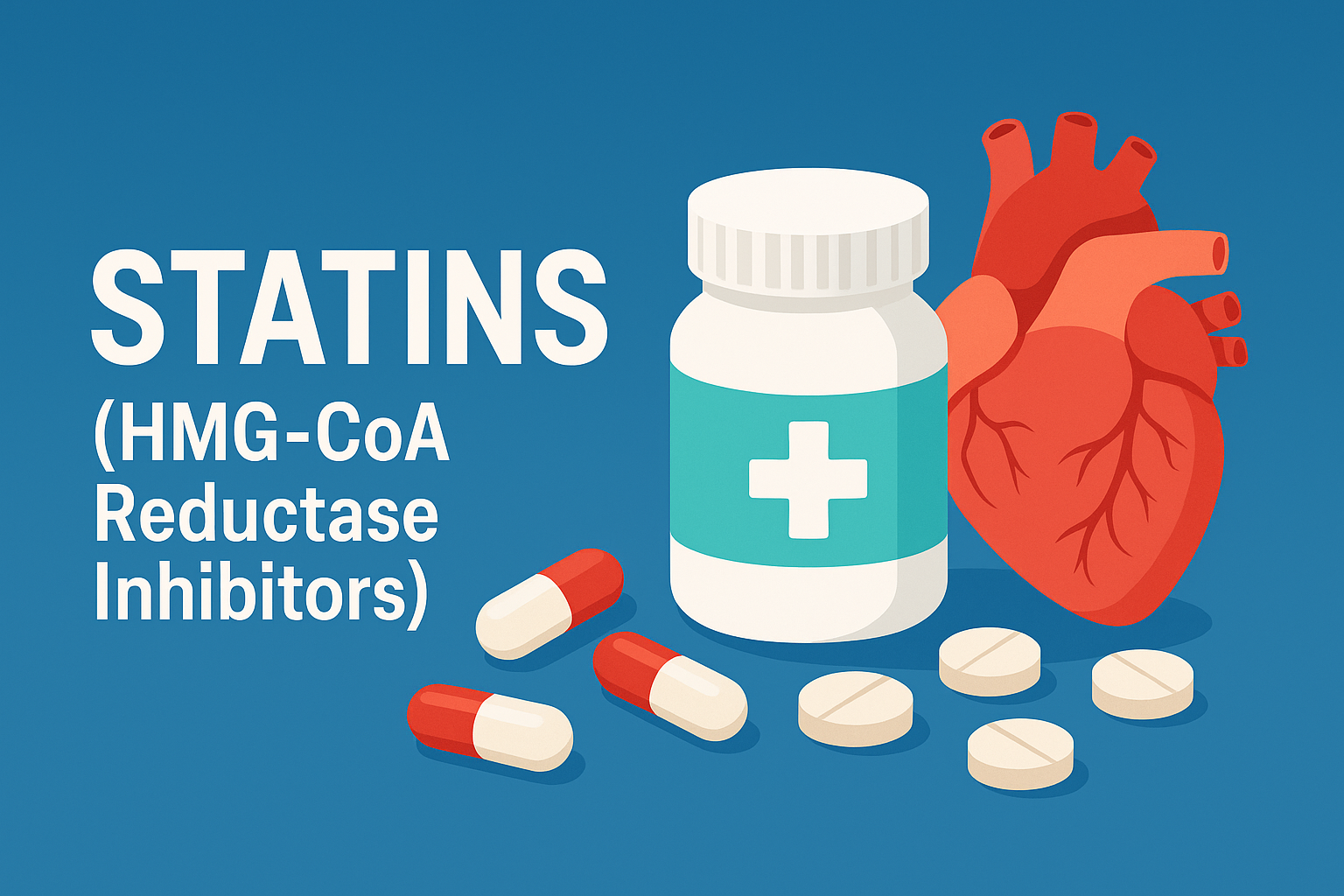Pantoprazole (Protonix) is a proton pump inhibitor that acts by reducing the amount of acid the stomach produces, hence it is used for diseases that are caused(or worsened) by the excess of stomach acid such as peptic ulcer, duodenal ulcers and GERD.
Protonix is the brand name for Pantoprazole, and it is available as tablets, oral suspension, powder for reconstitution and injection
Delayed-release Oral Suspension (Protonix): 40 mg/vial
Injection, Powder for Reconstitution (Protonix): 40 mg
Tablets:
Delayed-Release (Protonix): 20 mg, 40 mg.
Enteric-coated (Pantoprazole Sodium): 20 mg, 40 mg.
Enteric-coated (Protonix): 20 mg, 40 mg.
Erosive esophagitis with Gastroesophageal reflux disease (GERD)
Adults:
- Orally: Give 40mg daily, for 8 weeks. This course can be repeated if the condition has not been cured.
- I.V: 40 mg/day for 7 to 10 days.
Children of 5 years and older:
Weighing 40kg: 40 mg once daily for 8 weeks.
Weighing 15-39kg: 20 mg once daily for 8 weeks.
Elderly:
- Orally: 40 mg once daily
- I.V: 40 mg once daily for 7 to 10 days
Maintenance of Healing of Erosive esophagitis
Adults and Elderly:
Give 40 mg orally once daily.
Gastroesophageal reflux disease (GERD)
Adults:
- Orally: give 40mg once daily, for 4 to 8 weeks.
- I.V injection or infusion: give 40mg daily, over 2 minutes; until oral administration can be resumed.
Hypersecretory Conditions (e.g., Zollinger-Ellison syndrome)
Adults and Elderly:
Orally: initially give 40 mg twice daily, the dose can be increased to 240 mg/day.
I.V: initially 80 mg twice daily, the dose can be increased to 80 mg three times daily.
Gastric ulcer
Adults
- Intravenous injection or infusion: give 40mg daily, over 2 minutes; until oral administration can be resumed.
Duodenal ulcer
Adults:
- Orally: 40mg daily for 4 weeks, the dose can be increased to 80mg daily in severe cases.
- I.V injection or infusion: give 40mg daily, over 2 minutes; until oral administration can be resumed.
NSAIDs associated peptic ulcer
Adults:
- Orally: 40mg once daily for 8 weeks.
No dose adjustment is required.
No dose adjustment is needed.
1. Kizior, R.J. and Hodgson, B.B. (2018). Saunders nursing drug handbook 2019. Philadelphia: Saunders.
2. Joint formulary committee, BNF 80 (The British National Formulary), 80th Revised edition, Pharmaceutical Press, London, United Kingdom, [2020]
3. Williams and Wolters Kluwer Health (2012). Nursing 2012 drug handbook. Philadelphia, Pa.: Wolters Kluwer Health/Lippincott Williams & Wilkins.
Pantoprazole (Protonix) belongs to a group of medicine known as PPIs. It’s commonly used to treat stomach and intestinal ulcers, acid reflux, heartburn, and Zollinger Ellison syndrome. Click to read more information about Pantoprazole.

The urethra is a muscular canal that extends from the neck of the bladder to the exterior of body. Read more about the anatomy of urethra in this article.

Chronic kidney disease (CKD) is a disease in which irreversible damage to the kidneys leads to a reduction in kidney function. CKD has 5 stages and many complications.

Learn about medical uses, safety profile, mechanisms and interactions of statins.

Comprehensive guide on Ozempic (semaglutide), including its uses, dosage, side effects, warnings, and interactions.
.png)